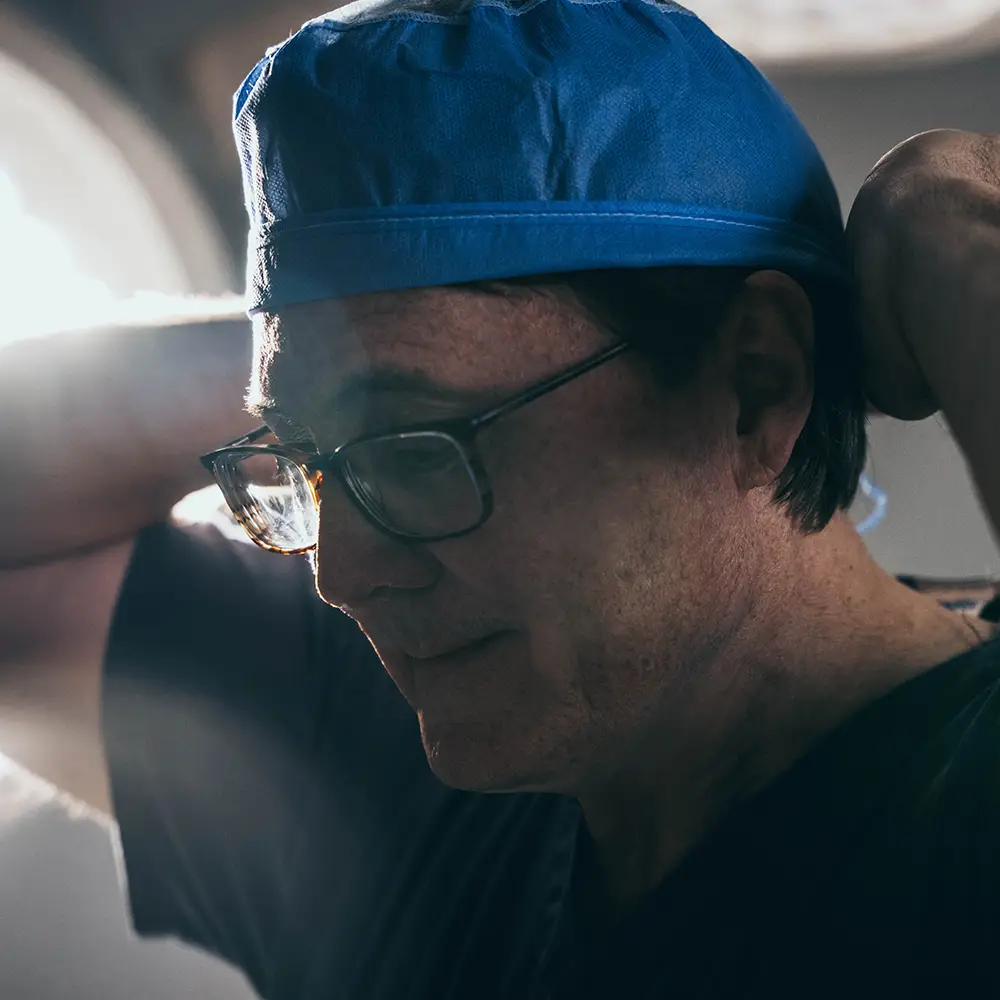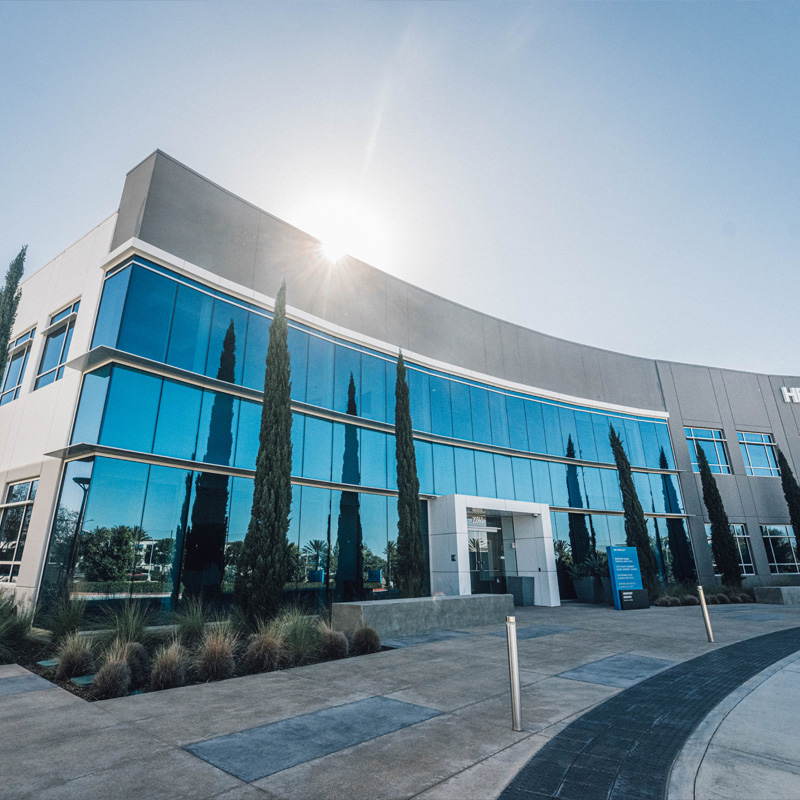Brow Lift
At Sundine Plastic Surgery in Newport Beach, brow lift, or forehead lift, is a procedure that restores a more youthful, and refreshed look to the area above the eyes. The procedure corrects drooping brows and improves the horizontal lines and furrows that can make a person appear angry, sad, or tired.









